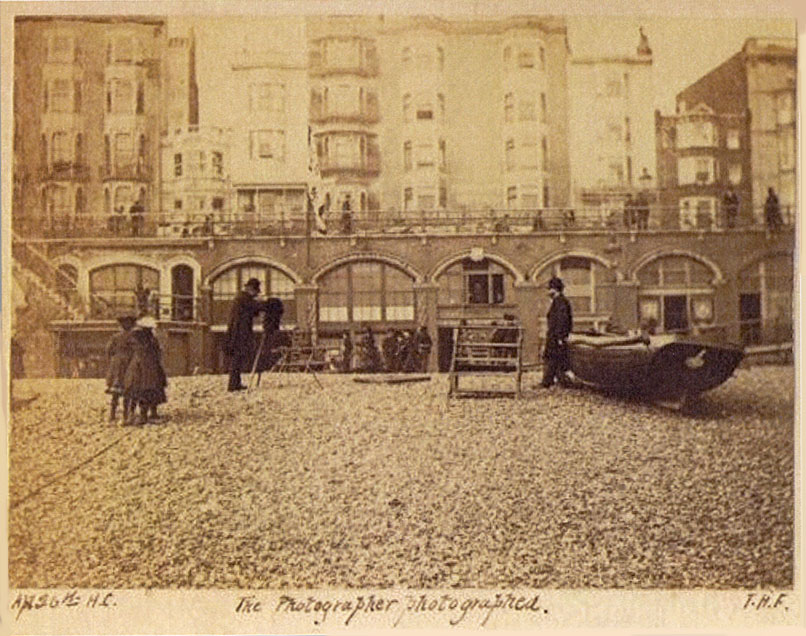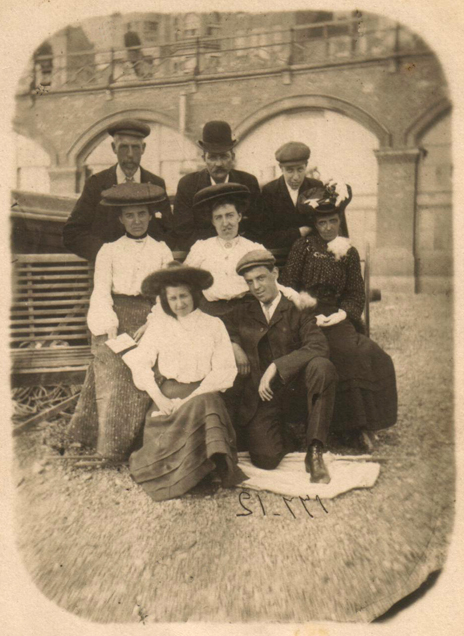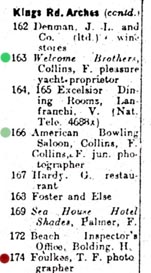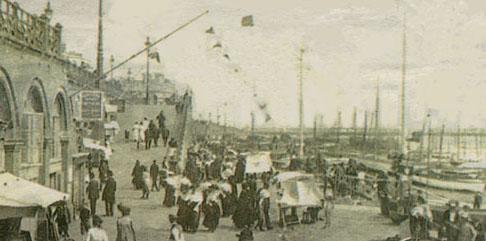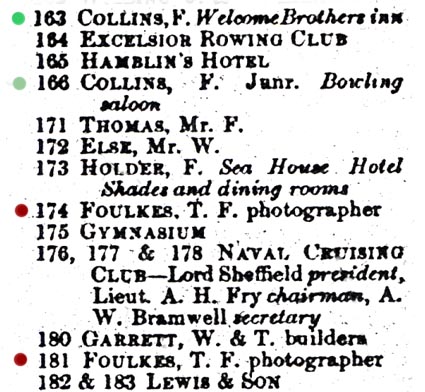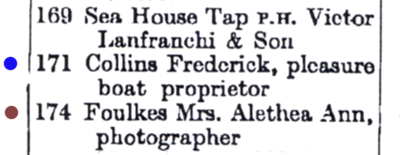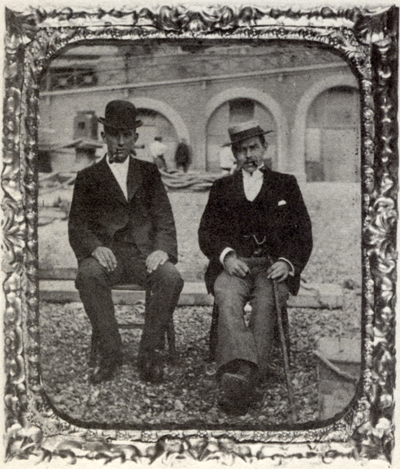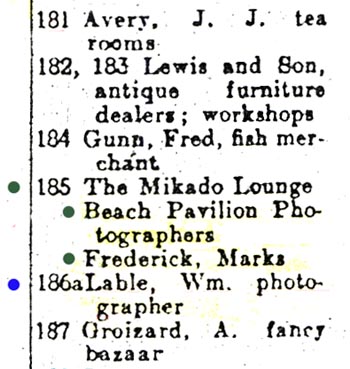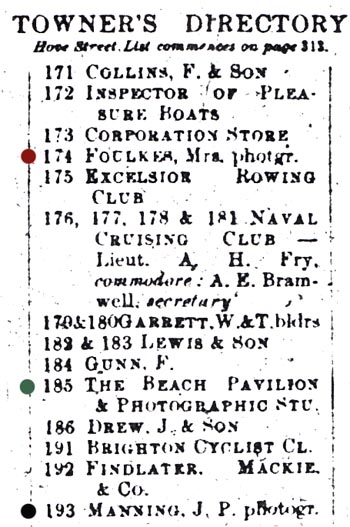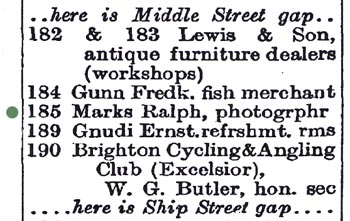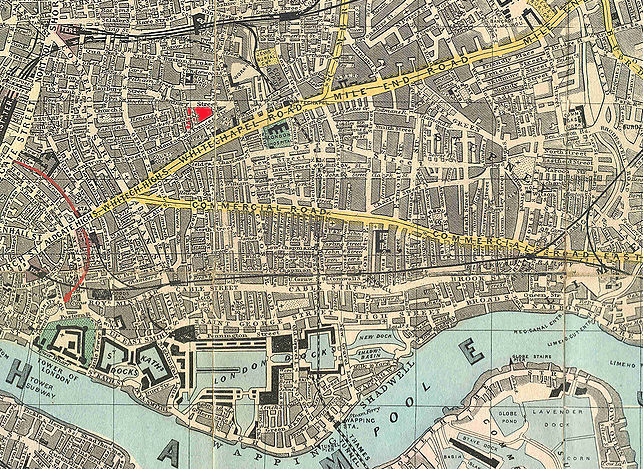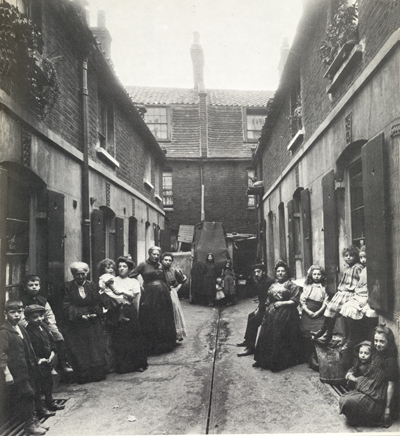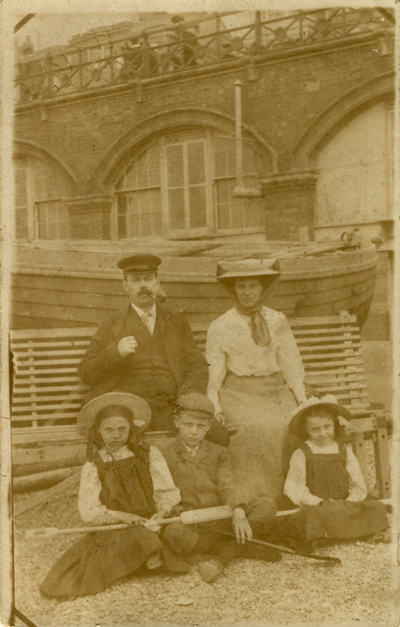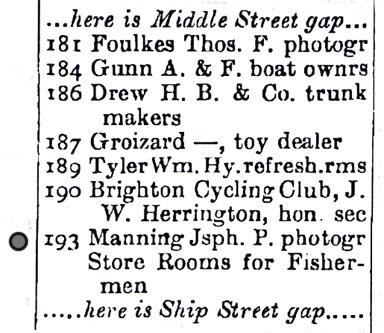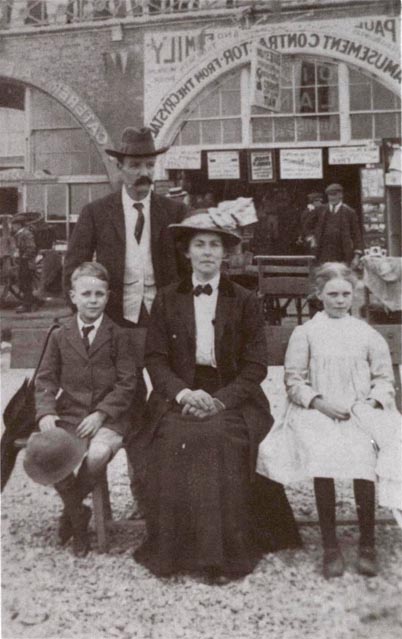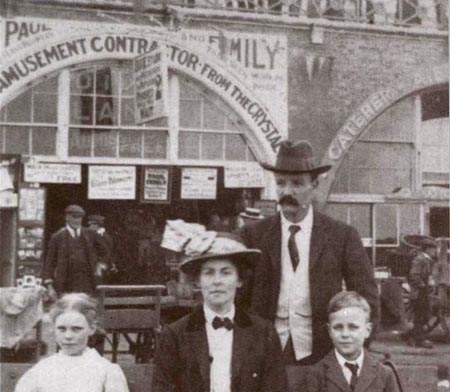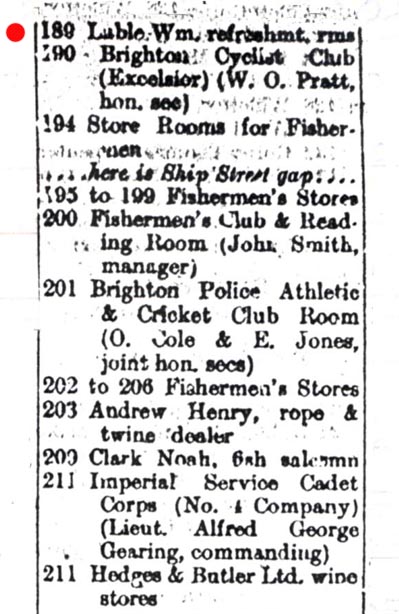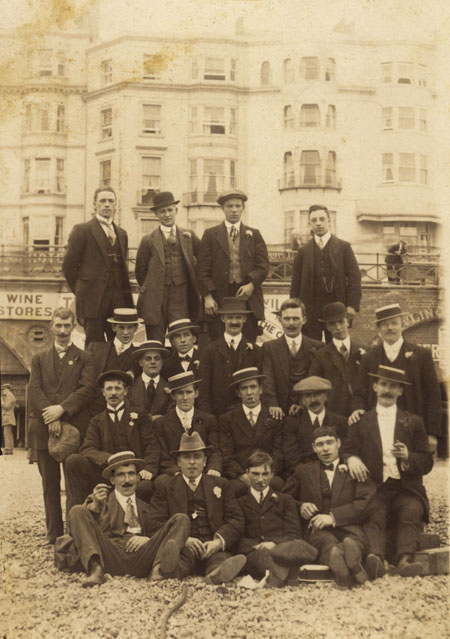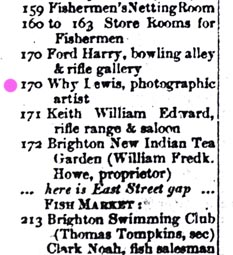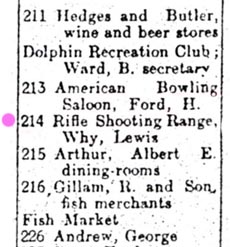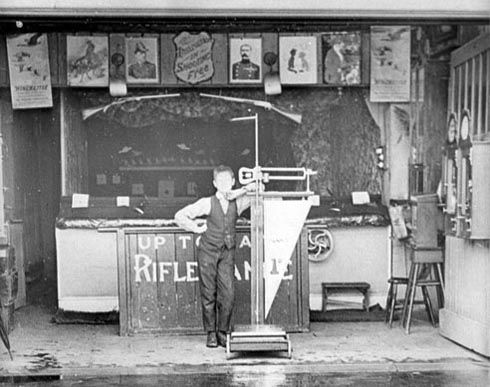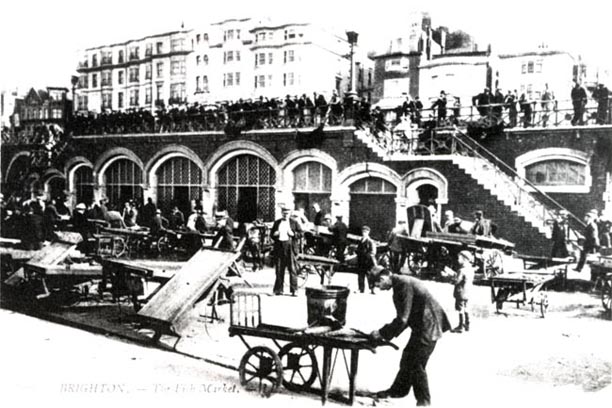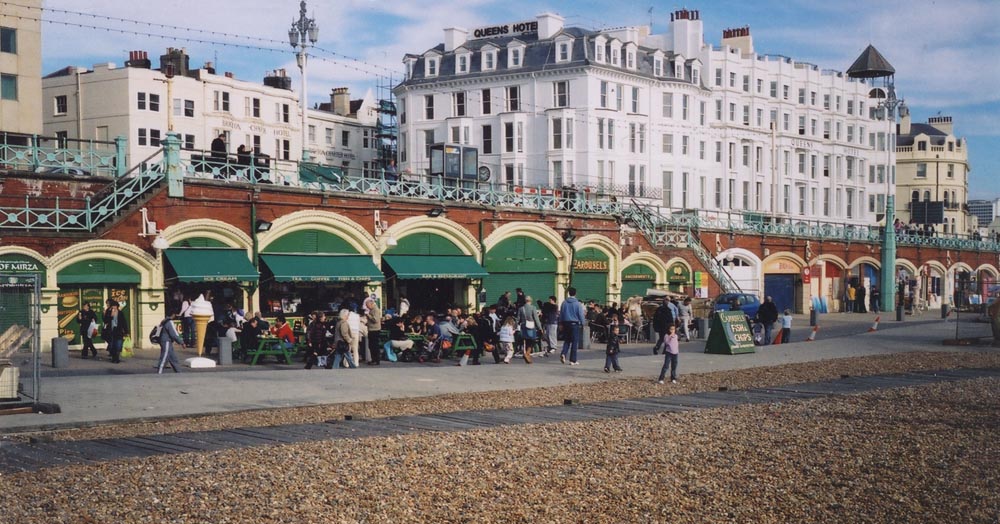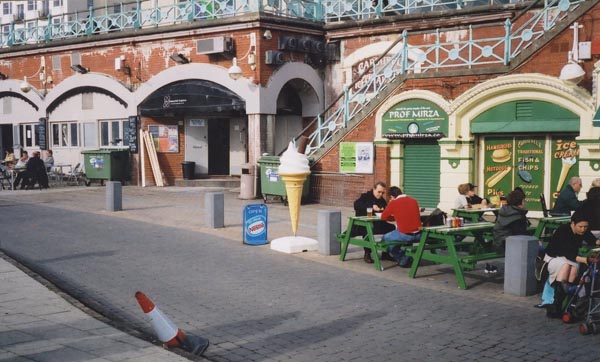|
William Lable
was born "William Lebl" in the East End of
London around 1864.
William Lebl was the
eldest son of two German immigrants, John Lebl and Annie Minnie
Shoeneck (Schoeneck). William's mother, Annie Minnie Shoeneck
(Schoeneck), who was born in Germany around 1844, was the daughter of
Joseph Schoeneck (born c1809, Germany), a "General Dealer"
based in Mile End New Town in the Jewish district of London's East
End. On 26th December 1862, Annie Minnie Shoeneck (Schoeneck)
married John Lebl at St Dunstan's Church, Stepney, East London.
William Lebl,
John and Annie Lebl's first child, was born in Mile End New Town
around 1864. Mrs Annie Lebl gave birth to two more children -
Arthur Lebl who was born in 1865 [Arthur's birth was registered in the
East London district of Whitechapel during the 2nd Quarter of 1865] and
Emma Lebl who arrived a few years later. [Emma's birth was registered in
the East London district of Whitechapel during the 1st Quarter of 1868].
John Lebl,
William Lebl's father, died sometime around 1876. [The death of a John Lobb
(Lebl?), aged 35, was registered in the East London district of Stepney
during the 3rd Quarter of 1876]. When the 1881 census was taken, Ann Lebl
(described as a thirty-seven year old widow with three children) is recorded
at 32 Dunk Street, Mile End New Town, East London. Ann
Lebl was residing with her father Joseph Shoneck (Schoeneck), and
she, like her seventy-two year old father, was described on the 1881 census
return as a "General Dealer". Seventeen year old William Lebl
and his younger brother, Arthur Lebl (aged 16), were both employed by
a local printer as compositors. Thirteen year old Emma Lebl was still
at school.
In 1888,
William Lebl, then aged about 24, married Alice Jane Pass (born
1863, Old Kent Road, Southwark), a twenty-four year old "Book Folder"
from Camberwell, South London. [The marriage of William Lebl and
Alice Jane Pass was registered in the St Olave district of Southwark,
South London, during the 3rd Quarter of 1888]. Alice Pass was the
daughter of Jane Short (born c1835, Stockport, Lancashire) and
William Henry Pass (1832-1883), a "Hydraulic Brakesman" who originated
from Islington, North London. Early in 1889, William Lebl's wife gave birth
to a baby daughter named Ethel Emmie Lebl. [Ethel's birth was
registered in the South London district of St Olave, Southwark, during the
1st Quarter of 1889]. A son named Arthur William Lebl arrived the
following year. [The birth of Arthur William Lebl was registered in the
South London district of St Olave, Southwark, during the 3rd Quarter of
1890].
When the census
was taken on 5th April 1891, William Lebl, his wife Alice, and their
two young children were living at 284 Lynton Road, Bermondsey, South
London. By this date, William Lebl had anglicized his name to "William
Lable". Twenty-seven year old William Lable now had his own
printing business, being described on the census return as "Letterpress &
Lithographic Printer (Employer)". Sharing his home in Lynton Road,
Bermondsey, was William Lable's widowed mother-in-law, Mrs Jane Pass,
and her unmarried children, Ada Matilda Pass (29), Edward Pass
(18) and Frederick William Pass (16) all three of whom appear to have
been employed in William Label's printing busines.
At the age of
16, William Lable's daughter Ethel Emmie Lebl married James Robert
Dobson (born 1878, Brighton), a twenty-six year old tailor's clerk who
was living in the Sussex seaside resort of Brighton. [The marriage of
Ethel Emmie Lebl and James Robert Dobson was registered in
Brighton during the 3rd Quarter of 1905]. A daughter named Ethel
Dobson was born in Brighton during the First Quarter of 1906.
Around 1908,
William Lable (Lebl) arrived in Brighton to set up a
printing business at 60 North Road, Brighton. Around the same time,
William Label's wife Mrs Alice Lable took possession of Arch No.
189 in Brighton's King's Road Arches, where she worked as an "embroideress".
Shortly afterwards, William Label also opened two businesses on
Brighton's seafront. The 1911 edition of Kelly's Directory of Sussex
lists William Lable as a printer at 60 North Road, Brighton,
but also records him as a photographer and refreshment room proprietor on
The Beach, Brighton. The 1910 edition of Pike's Directory of Brighton
& Hove records William Lable as a photographer at 186a King's
Road Arches, Brighton and in 1911 Kelly's Directory of Sussex
lists William Lable as a photographer at 187, The Beach, Brighton.
When the 1911
census was taken, William Lable, his wife Alice, their
twenty-two year old daughter Ethel and her husband and child, were
residing at 24 Hampton Place, Brighton, near the boundary with
Hove. On the census return, William Lable is described as a
forty-eight year old "Printer and Stationer". William Lable's
son-in-law, James Dobson was at this time working as a commercial
traveller.
In addition to
his printing and stationery business, William Lable owned refreshment
rooms at Arch No. 189, The Beach (King's Road Arches) Brighton.
Nearby, at 186a King's Road Arches, William Lable operated a seafront
photography business. Unfortunately for William Lable, next door at
185 King's Road Arches, was the Beach Pavilion Photographic Studio,
a seafront photography business which had been run by Frederick Marks
(born c1847, London) and his son Ralph Harrison Marks (born 1880, St
John's Wood) since 1900.
Presumably,
William Lable worked as a seafront photographer on Brighton's seafront
at weekends and during the Summer holiday season. The proximity of a rival
photographic studio in the stretch of seafront between the Middle Street and
East Street gaps did not deter William Lable. Perhaps, Frederick Marks and
his son Ralph operated a conventional photographic studio, leaving
William Lable free to photograph holidaymakers on the beach itself.
After a few
years residing in Brighton, William Lable left the Sussex seaside
resort and returned to London. I cannot trace William Lable in
historical records after 1915, but the death of his wife took place in
St. Pancras, London, in 1933. [The death of Alice Jane Lable was
registered in St. Pancras during the 1st Quarter of 1933].
|
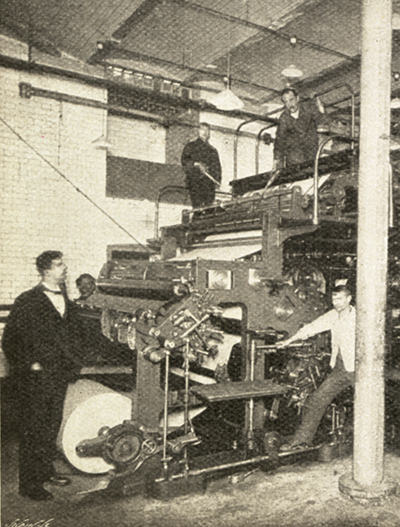
|
[ABOVE] An illustration from The
Harmsworth Monthly Pictorial Magazine showing a printing press in
action (1899). William Lable (Lebl) worked in the
printing trade for most of his working career. Around 1909, William
Lable arrived in Brighton to set up a printing works at
60 North Road, Brighton. As a sideline to his main business,
William Lable established a refreshment room and a seafront
photography business in the King's Road Arches facing
Brighton Beach. (See below). |
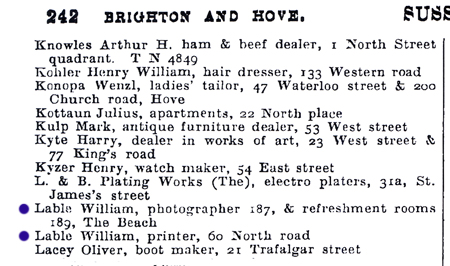
|
[ABOVE]
William Lable listed as a photographer at 187 The Beach (Kings Road
Arches) and the proprietor of refreshment rooms at 189 The Beach
(Kings Road
Arches) in the General Directory of Brighton & Hove published in the
1911 edition of Kelly's Directory of Sussex. In the same
directory listing, William Lable is recorded as a printer at
60 North Road, Brighton. |
|
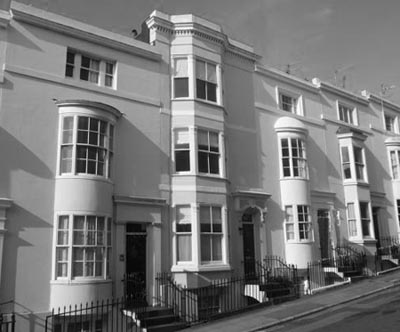
|
[ABOVE]
Hampton Place, Brighton where William Lable and his
family were living at the time of the 1911 census. |
|
|

